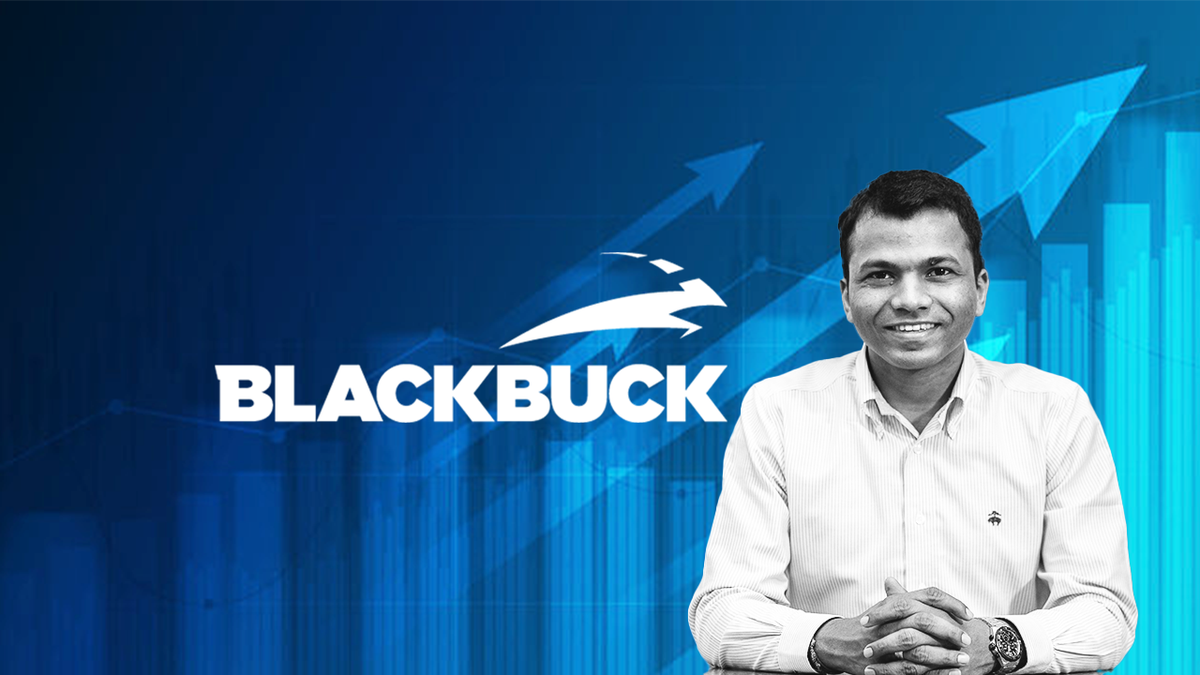Info Edge Sees Strong Growth in Q1 FY26
Info Edge, known for its flagship platforms Naukri and 99acres, has recorded a remarkable 17% increase in operating revenue during the first quarter of the ongoing fiscal year (Q1 FY26). The company’s profit surged by 32% during the same period.
Revenue Growth Overview
The Noida-based enterprise’s operating revenue climbed to Rs 791 crore in Q1 FY26, up from Rs 677 crore in Q1 FY25, based on information sourced from the National Stock Exchange (NSE).
When examining quarter-on-quarter performance, Info Edge’s operating revenue experienced a 5.5% increase, rising from Rs 750 crore in Q4 FY25 to Rs 791 crore in Q1 FY26.
Contributions from Different Segments
Info Edge derives a substantial portion of its income from Naukri.com, which alone contributed Rs 562 crore in the quarter ending June 2025, reflecting a 15% year-on-year increase compared to Q1 FY25. Revenue from 99acres reached Rs 111 crore, while Jeevansathi and Shiksha brought in Rs 34 crore and Rs 50 crore respectively in the same quarter.
Additionally, the company accrued Rs 213 crore from interest on deposits and investments, elevating its total revenue to Rs 1,004 crore in Q1 FY26.
Expense Analysis
On the expenditure side, Info Edge allocated 58% of its total spending to employee benefits, which increased by 12% year-on-year to Rs 327 crore in Q1 FY26. The costs associated with advertising and internet stood at Rs 127 crore and Rs 22 crore, respectively. Overall, the company’s costs rose by 16% year-on-year to Rs 564 crore in Q1 FY26, up from Rs 485 crore in Q1 FY25.
Profit and EBITDA Performance
Info Edge’s profit reached Rs 343 crore in Q1 FY26, marking a 32% rise compared to Rs 259 crore in Q1 FY25. The earnings before interest, taxes, depreciation, and amortization (EBITDA) was recorded at Rs 468 crore during this period.
Current Market Position
As of 2:22 PM on Friday, August 8, Info Edge’s shares are trading at Rs 1,333.5, reflecting a 2% decrease from the day’s opening price. The firm maintains a market capitalization of Rs 86,277 crore (approximately $9.8 billion).








